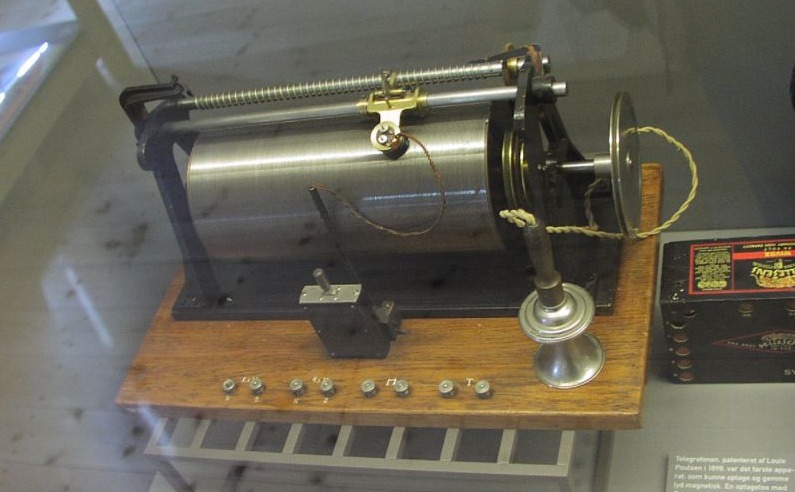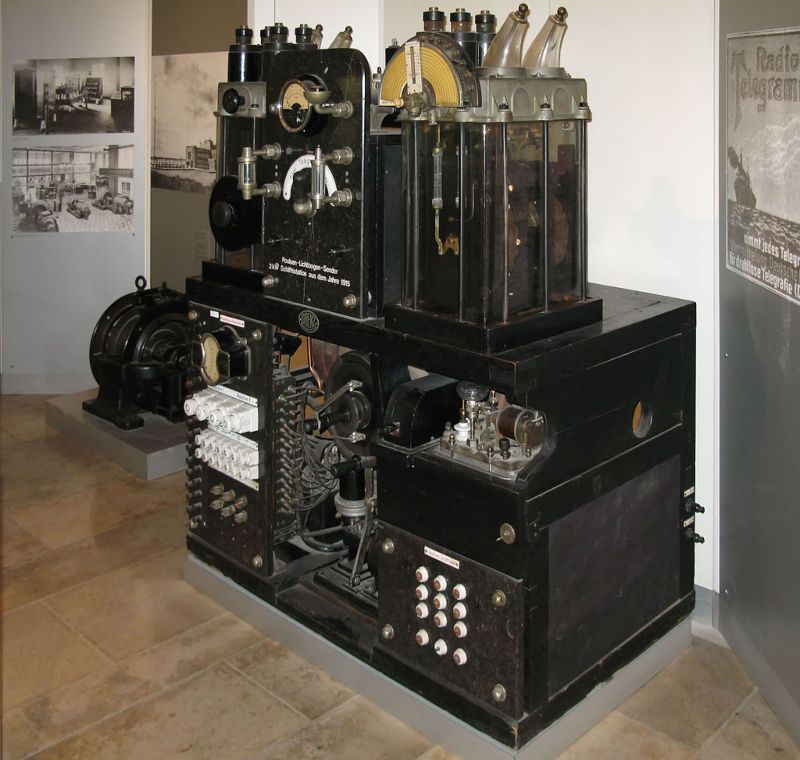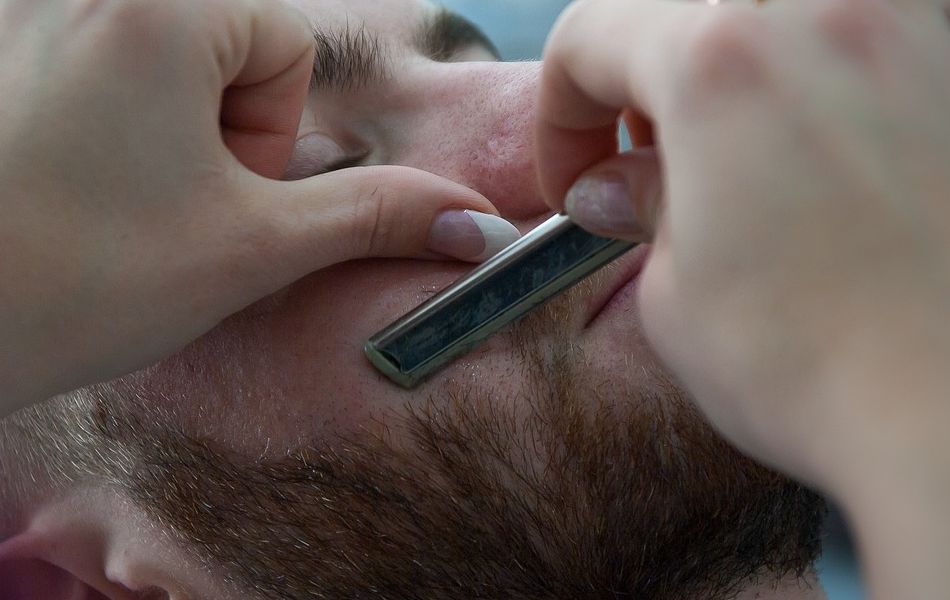The Danish inventor Valdemar Poulsen developed the first magnetic tape recorder, the telegraphoon, in 1898. A few years later, the Dane also made the very first answering machine for the telephone. The answering machine allowed callers to leave a message when their call went unanswered. Today voicemail systems are the most normal thing in the world, but in the early twentieth century this was still a new phenomenon. The telephone itself was also only a few decades old.
Valdemar Poulsen was born in Copenhagen on November 23, 1869, the son of a high Danish judge. As a child, he was particularly interested in art and physics. Mathematics fascinated him less, much to the dismay of his parents. They wanted their son to become a doctor, but Valdemar decided otherwise. He did not complete his medical training and at the age of twenty-four Poulsen took a paid job at a telephone company in the Danish capital, as an assistant in the technical department. During this period Poulsen began to delve more and more into mechanics, where his real passion turned out to be.

The Dane got the idea to magnetize steel wire so that sound recordings could be recorded on it. It is unclear exactly how Poulsen came up with this idea, but it is clear that his experiment was important. He developed the world’s first magnetic tape recorder. The device pulled a metal wire along a magnetic recording button using a small motor assembly and a coil. The sound to be recorded was then converted into electrical impulses that created a pattern on the wire that matched the original signal. This pattern could then be played back so that the recording could be listened back. In this invention, for which Poulsen applied for a patent in 1898, the Dane worked closely with his compatriot Peder Oluf Pedersen.
The Voice of Emperor Franz Joseph: The Oldest Magnetic Sound Recording

Improved versions of the telegraph phone later found their way into radio studios. The technique was also used for more modern tape recorders, hard disks, floppy disks and credit cards. Dictation machines that made use of Poulsen’s technology also increasingly found their way into the offices.
Answering machine
In 1904 Poulsen developed a recording device especially for the telephone: the answering machine. Initially, this early telephone answering machine worked with a magnetic wire recorder. Later this was replaced by a magnetic tape. The first digital answering machine, the so-called Ansafone, was developed in 1983 in America by Kazuo Hashimoto.

Arc Transmitter
Valdemar Poulsen is also known as the inventor of the arc transmitter, a radio system with which a wireless telegraph connection between England and Denmark was established in the early twentieth century. The Dane built on a technique developed by the British inventor William Duddell. Unlike previous connections, Poulsen’s arc transmitter was capable of transmitting continuous sound waves. The technology was adopted by the US Navy as a means of communication and was one of the foundations of the development of longwave radio broadcasts.







